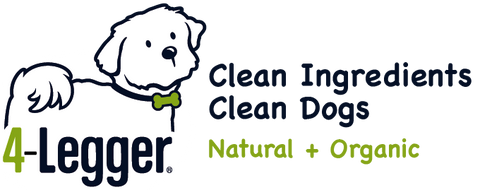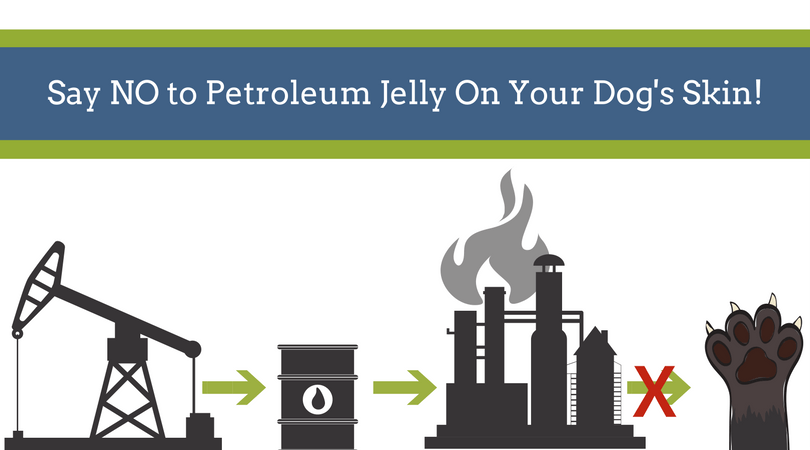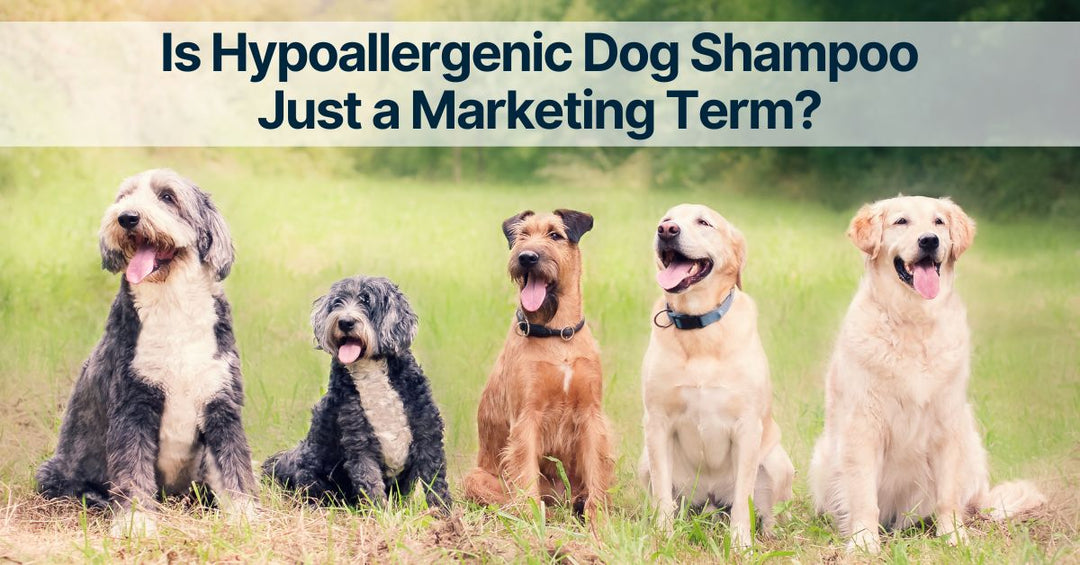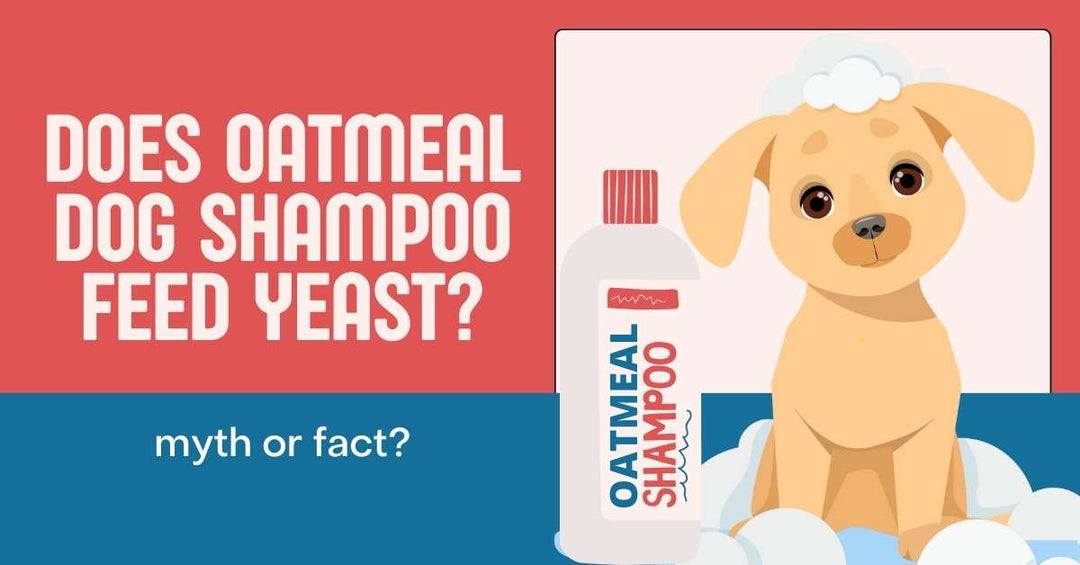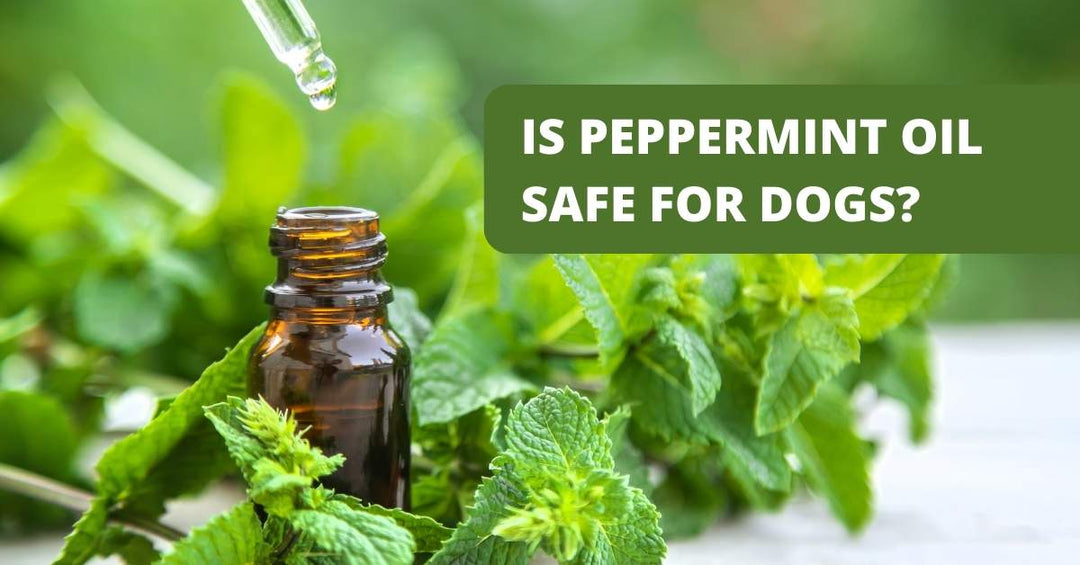Why You Shouldn't Use Petroleum Jelly on Your Dog
Someone recently posted on our Facebook wall that they use petroleum jelly on their dog's paw pads. We made a mental note "write an article about why you should't use petroleum jelly on your dog's nose or paw pads"!
I was reminded of the need to write this post while at the doctor for my annual physical. I had a very recent wound on my hand. The doctor recommended cleaning it with soap and water or a diluted vinegar solution and then cover it with Vaseline. The general idea was clean it and seal it off so it wouldn't be exposed to germs and get infected. No need to use an antibacterial cream on a wound that wasn't infected.
I didn't like the idea of putting a petroleum product on my skin so I cleaned it with 4-Legger dog shampoo - the lemongrass has natural antibacterial properties - and then applied 4-Legger's Healing Balm! Within a few days my wound was healed. Yes, we 2-Legger's use our 4-Legger products a lot! They are made with human grade ingredients that are safe, non-toxic, and effective, so why not?
What is Petroleum Jelly?
Way back in 1859, Robert Cheesburg took "rod wax", a substance blamed for causing the country's first oil rigs to malfunction, into his laboratory and worked on a process to further refine it. In 1872, Chesebrough patented the process of making petroleum jelly U.S. Patent 127,568. The process involved vacuum distillation of the crude oil material followed by filtration of the still residue through bone char. Cheesburg's company was ... Vaseline!
Vaseline does highly refine and purify their petroleum jelly to the point where they have removed the potentially carcinogenic contaminants that is found in many other petroleum jelly products.
Why Can Petroleum Jelly Be Potentially Harmful?
As mentioned above, there are a lot of different grades of petroleum jelly. Manufacturers don't all triple refine and purify. So, many of the petroleum jelly brands are likely contaminated with carcinogens.
Keep in mind that your dog will lick whatever you put on their paws, so you must use a safe and non-toxic product! Also, whatever is on their paws can be absorbed into their bodies.
Petroleum jelly is essentially refined hydrocarbons from oil. If, like us you are concerned about keeping our planet green and using sustainably grown environmentally friendly products, you don't want to use petroleum jelly. It's that simple.
How Petroleum Jelly Works
Petroleum jelly doesn't naturally contain moisturizers. When applied, petroleum jelly provides a cover over the skin locking in the moisture that is ALREADY there!
It may also block the skin pores trapping the natural skin oil and dirt. The trapped moisture creates the perfect petri dish of warmth for yeast and fungus to grow.
Will Petroleum Jelly Give My Dog Diarrhea?
While large amounts of petroleum jelly can act as a laxative. Small amounts would be unlikely to have this effect but why would you want to use it when there are better and safer alternatives?
What Should I Use On My Dog's Skin, Paw Pads and nose?
 Products like 4-Leggers paw balm contain beeswax (paw wax), hemp oil, and shea butter to provide moisture while eliminating all of the risks of petroleum jelly.
Products like 4-Leggers paw balm contain beeswax (paw wax), hemp oil, and shea butter to provide moisture while eliminating all of the risks of petroleum jelly.
All of the ingredients in 4-Legger's paw and nose healing balm are sustainably grown and sustainably sourced.
They are also fast acting, safe and non-toxic! If your dog licks their paw right after applying our paw moisturizer - no problem!
